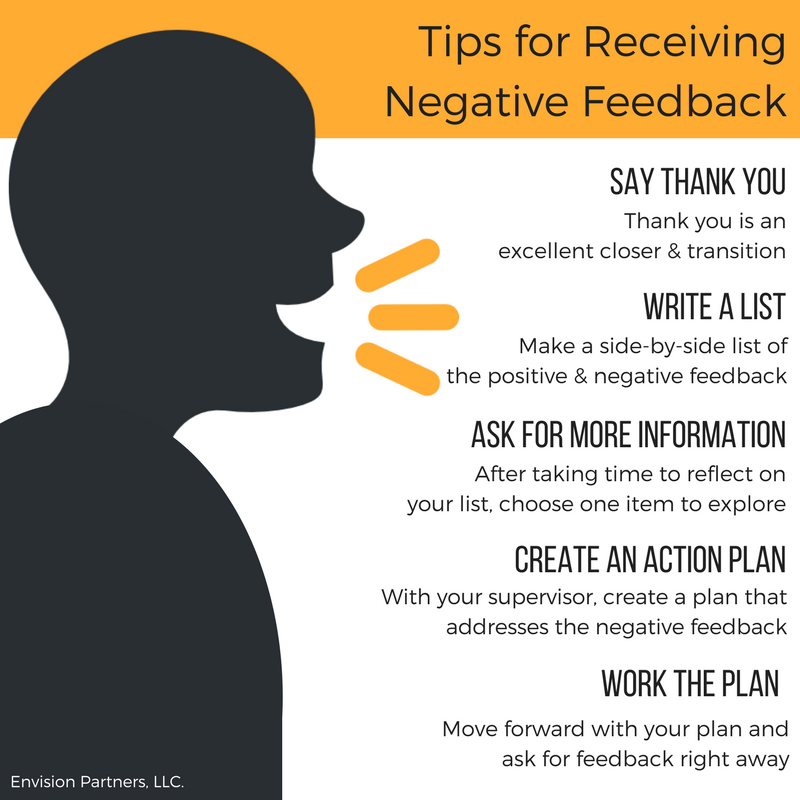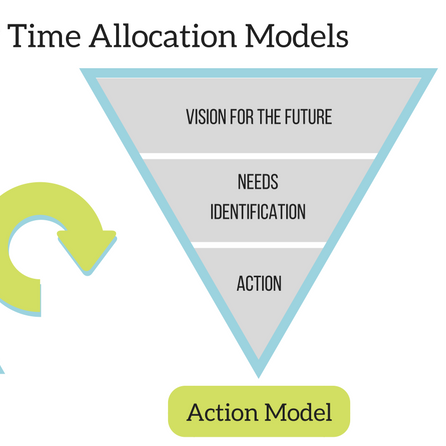Learning to Change
I was a teaching professor for 15 years of my life. Today, I still think of myself as a teacher—just in a different format. What has kept me going is the “ah-ha” moment. The ah-ha moment is when the light-bulb goes on and understanding is achieved. There is nothing more thrilling than that breakthrough moment. This transition, whether short or long, is what we call the learning curve. I have had the pleasure of watching this happen with tens of thousands of people and am very aware when it’s happening to me.
When we learn a new skill or concept (A), we put it into practice and our skills generally and gradually increase. At some point we might say we are proficient at the skill or we understand an idea very well (B). At this point we are comfortable and confident in our skills and in our world-view. We are solid and stable. Then all of sudden (C) someone comes along and says, “There is a better way to do that”, “We need you to do it this way”, “There is actually more information that might change your opinion”.
In learning, we call this disruption creating dissonance. The brain does not like dissonance. The brain likes patterns. Patterns help us organize and understand the world. All of a sudden, the patterns your brain had been using are disrupted. A teacher might use an example that doesn’t follow the normal rules or provide a problem that you cannot solve. At work we call this stage of disruption, change. All of sudden–the routine, the responsibilities, what you know, what you planned for–they no longer apply.
In the classroom, we will feel and see a decline in performance, discomfort, drop in confidence (D). Some will give up. Some will fight the new information. Some will ask for more clarity. Each student moves forward at their own pace. And at work—well—we see the same.
By giving examples, by going through a few sample problems, by practicing, by reviewing, writing, reading, through small experiences, eventually the student turns the corner (E), starts building new processes, incorporating new ideas, meeting the challenge and reaping the benefits. As a former or present student, you may recognize these emotions. As an employee it may be harder to recognize these emotions. Sometimes this is an ah-ha moment. Sometimes this is a hard won long strung out battle. Sometimes we don’t recognize it is even happening.
Coming out of this learning curve (F), the knowledge and skill level is greater than when we started. What we know about learning is that we do not achieve this greater level of knowledge and skill without going through the dissonance. Our brain will continue to do and see things the way it always had until we disrupt those patterns and build new ones. Therefore, change is required in order to get better.
As an individual you can use your experience and success in the classroom to help you frame the learning opportunity of change at work. As a manager of others, you have the opportunity to lead through this learning curve. Know that all team members will plateau and must go through these stages to achieve higher levels of performance. Your role is to be there when it happens. Primarily providing the support and the small experiences that will provide the success to rebuild confidence and comfort with new skills and new concepts.











